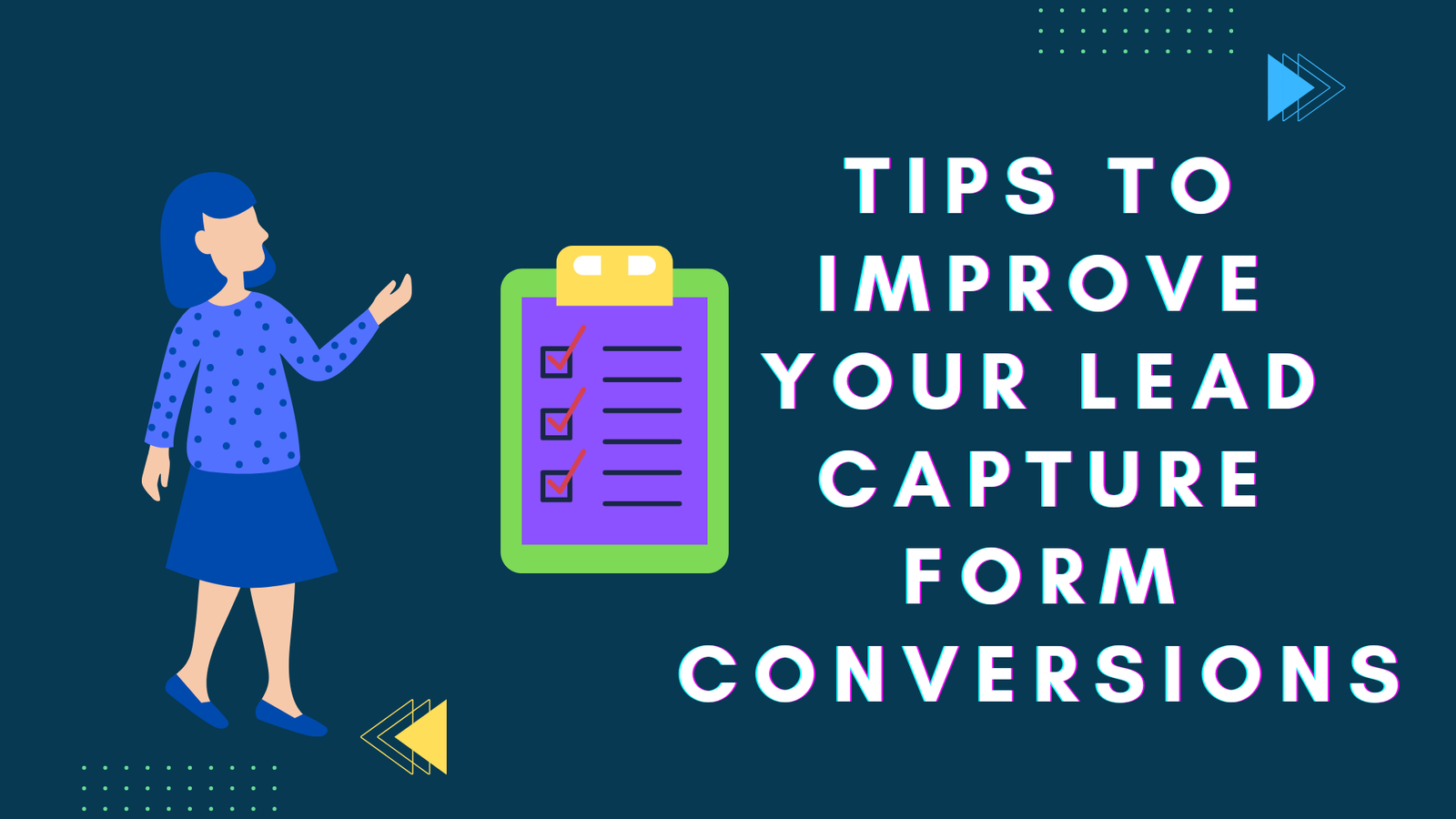Every marketer says the magic words “capture and convert leads,” and it’s one of the most important things they want to do for their online marketing goals. Increasing the number of visitors to your website is important, but getting the right leads and converting them into customers is even more critical.
Lead capture occurs when someone visits your website and you are able to convert them into leads. Marketers frequently do this by using website contact forms, lead capture pages, or eCommerce check-out pages.
Website forms are one method for gathering vital customer information. Customers’ contact information is collected in exchange for something they want, such as a discount code, a guide, or a demo session.
Traditional web page forms are still the most common way to collect leads, but consumer behavior is changing, and static forms are becoming less effective at gathering information.
People are becoming more cautious with their information and more aware of its value. They are less likely to freely share their information.
The length of the form also influences how well you get information from people. Most of the time, if a form is too long, people will abandon it, lowering your conversion rate. When the form contains more fields, the quality of the lead improves.
So, what can you do to increase both the quantity and the quality of your leads?? Check out our nine simple tips for enhancing your website lead capture:
1) Your lead capture forms should be interactive
Lead generation becomes more engaging for your visitors when you use content that requires active participation from your audience.
So it’s not just about reading a blog or a whitepaper, but also about answering questions, filling out surveys, voting, or playing – in other words, interacting with your brand.
You can create Survey Forms, Polls, Games, Quiz Forms, Chatbots, and other interactive elements to engage your visitors and encourage them to actively participate.
2) Make use of pop-up forms to collect leads
Pop-up forms convert inbound traffic well. They can attract visitors, improve user experience, and collect lead information.
Visual elements attract visitors’ attention first. Make the pop-up appealing using your website’s and brand’s style.
To be successful and not bother your visitors, you must use proper timing when displaying your pop-up. This depends on the content or pages your visitor view.
When a visitor finishes reading your blog post, a newsletter subscription pop-up could appear.
The reader can decide whether or not to subscribe to your blog based on the content. It can work better as a CTA if you wait until the reader has finished reading.
3) Divide your lead capture forms into multi-steps.
A multi-step form allows you to collect data from your customer’s step by step, which can improve lead conversion.
Multiple views can improve user-friendliness and customer experience, allowing for more data collection and better lead quality. Multi-step conversion can generate 4x the leads as static forms.
Even if customers prefer to fill in information gradually, keeping form fields small is important. A few well-chosen questions will help you collect critical data and assess a lead’s likelihood of becoming a customer.
4) In your lead forms, always ask for the most important information first
To increase your conversion rate when collecting customer information via lead-generating forms, always begin by asking the most important questions first.
This way, you can be confident that you will be able to collect at least the customer’s email or phone number if they leave in the middle of the lead collection process.
The most important information should be mandatory, but the less important information should be optional. Many people prefer to provide as little personal information as possible.
5) When capturing leads, always request opt-in and include your privacy policy
Remember to include an opt-in tick box asking for consent to receive marketing messages from you when creating a form to collect information from your website visitors.
Once you’ve obtained your customer’s permission to send your newsletter and other messages, it’s all about personalizing and targeting your content to engage and retain them.
Your company’s privacy policy must be visible on the form in order to comply with country-specific legislation on personally identifiable information. It could be a link at the bottom of the form, a pop-up, or a bot that takes you to the page where the policy is fully explained.
6) In your lead capture forms, offer incentives and discounts
By offering discounts or incentives through your forms, you can improve form conversions and, if you’re in eCommerce, reduce cart abandonment.
Who wouldn’t be enticed by a discount on a favorite item? Or how about free delivery or shipping on any order? It’s a surefire way to attract new customers and collect contact information.
For visitors who are not yet ready to buy but want to learn more, your form can offer incentives such as guides in exchange for their contact information.
Let’s wrap here,
Conversion rate optimization on websites can be accomplished in a variety of ways by marketers. Forms for the collection of leads, on the other hand, are one of the simplest and most effective components that provide high returns quickly.
So, we can draw the conclusion that we can look into more effective ways to get more leads and make more sales.

